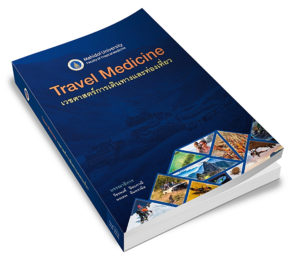Furthermore, SBET – combined with protection against mosquito bites – may be indicated for those who travel for 1 week or more to remote rural areas where there is multidrug-resistant malaria but a very low risk of infection, and the risk of side-effects of prophylaxis may outweigh that of contracting malaria. This may be the case in certain border areas of Thailand, Viet Nam and neighbouring countries in South-East Asia as well as parts of the Amazon basin.
Successful SBET depends crucially on travellers’ behaviour, and health advisers need to spend time explaining the strategy. Travellers provided with SBET should be given clear and precise written instructions on the recognition of symptoms, when and how to take the treatment, possible side-effects, and the possibility of drug failure. If several people travel together, the individual dosages for SBET should be specified. Weight-based dosages for children need to be clearly indicated. Travellers should realize that self-treatment is a first-aid measure, and that they should still seek medical advice as soon as possible.
From: WHO Green Book, international travel and health 2009
In our opinion, SBET is a good alternative for travelers in Southeast Asia and we do not recommend antimalaria prophylaxis in our region. However, travelers should be informed how and when to use SBET appropriately. Moreover, travelers should not overlooked the importance of mosquito bite prevention and the necessary to seek for medical care even after self-treated.
Continue reading in part 3 (SBET regimen in Thailand and Southeast Asia)


Well I really liked reading it. This article procured by you is very helpful for correct planning.
As I website owner I believe the written content here is really wonderful, thankyou for your efforts.
[…] Official Clinic Website ← (Thai) ภัย/อันตรายจากการเดินทางท่องเที่ยว Standby Medication Treatment for Malaria – A good alternative (2) → […]